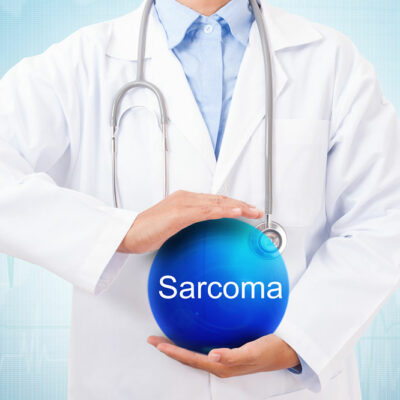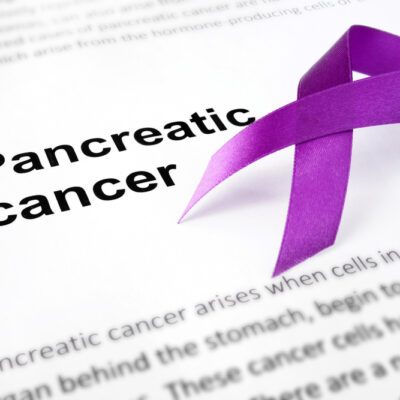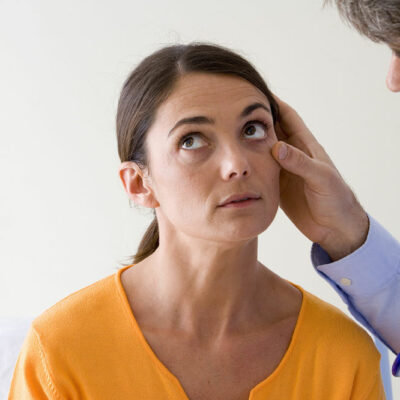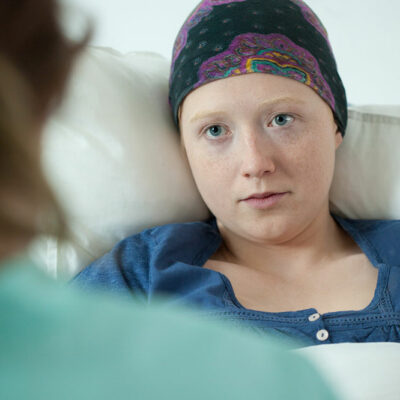
Health
The 5 Worst States to Live in with Arthritis
Several people all over the country fight their battles against arthritis each day. The condition interferes with your day-to-day activities as it is painful and results in tenderness and swelling. There are a few things that can help you reduce your troubles. Lifestyle changes, dietary changes, or probably even moving to another state can help a lot! So, here are five of the worst states to live in for those with arthritis. 1. Oklahoma Oklahoma is one of the worst states to live in if you have arthritis. Humidity is one of the most significant problems here along with fewer healthcare facilities available for arthritis. The humidity and constant heat worsen joint pain and trigger a flare-up. Even though there are several individuals suffering from the condition in the state, Oklahoma makes it on the top of the list for states to avoid for people with arthritis. 2. Mississippi Mississippi’s climate consists of hot and humid summers, cooler but rainy winters, and intense humidity which does not prove to be good for people with arthritis. In addition to that, the availability of healthcare or doctors that you may need could be challenging to access. So, if you or a loved one is suffering from arthritis, you may want to pass living in this state.
Read More 















